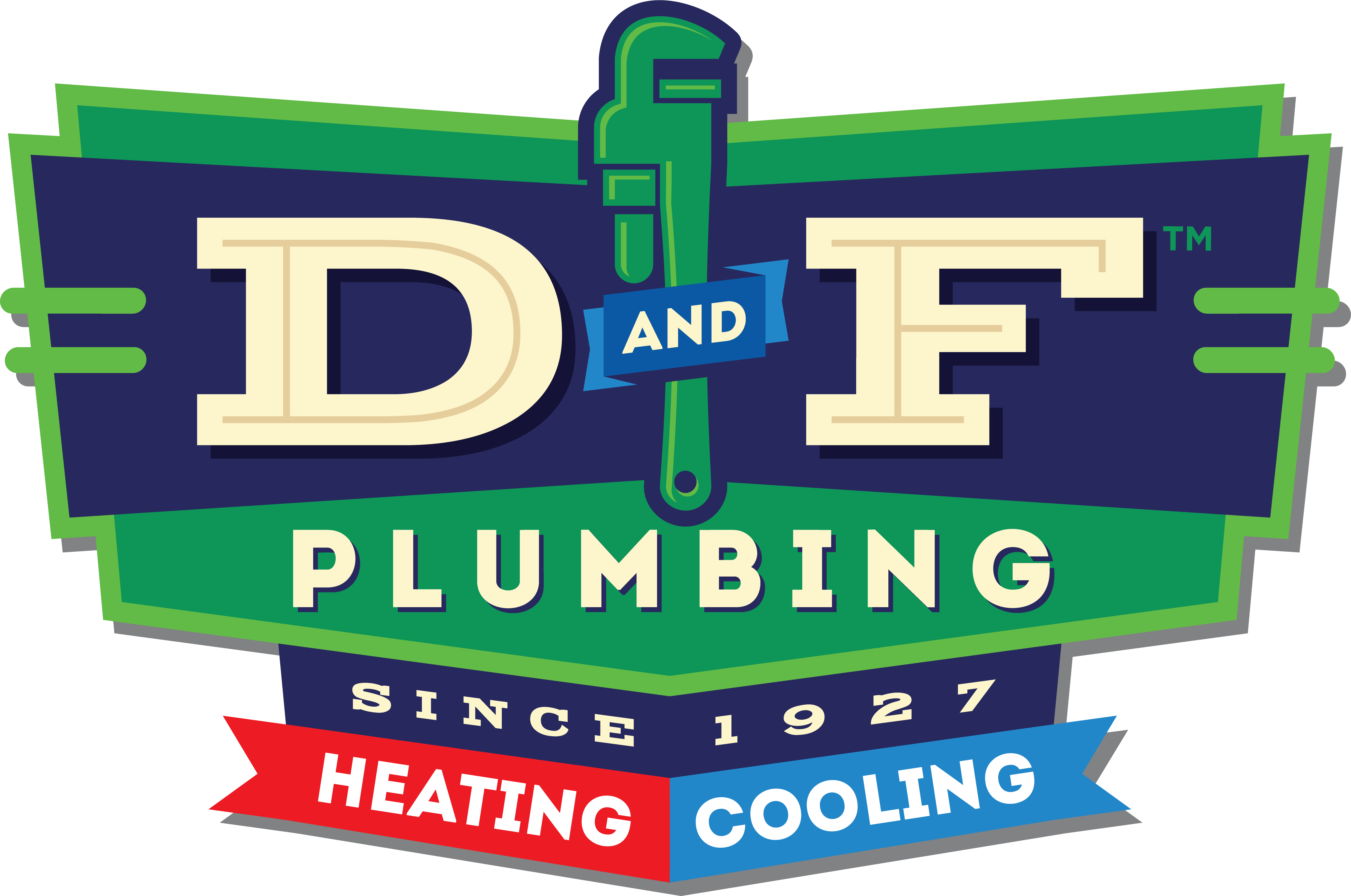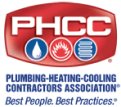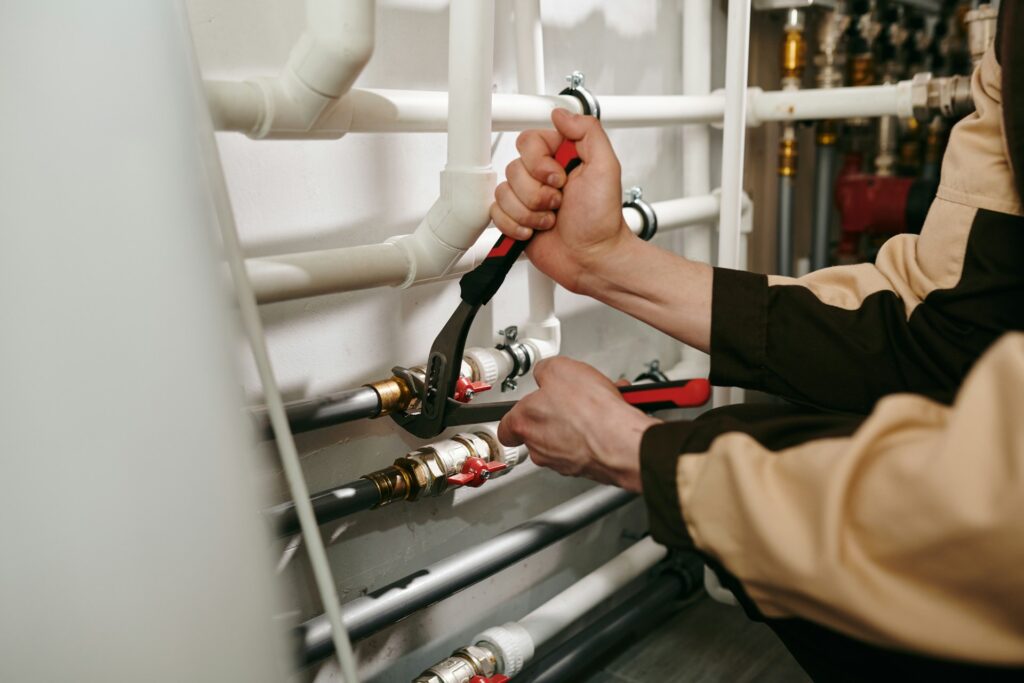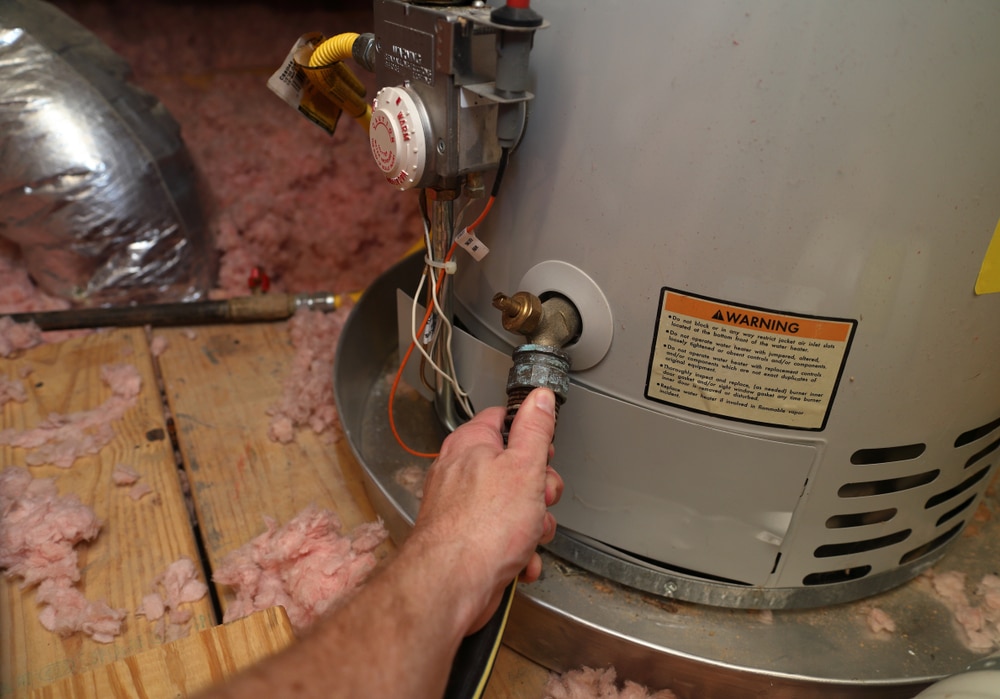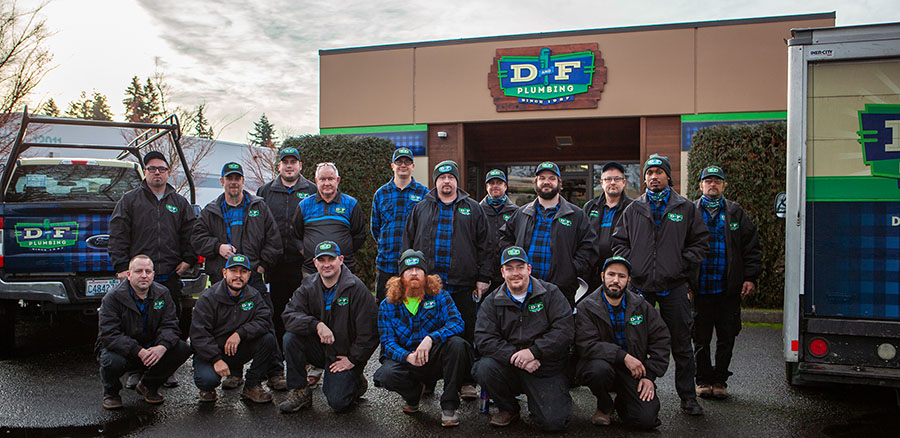Understanding the basics of how your air conditioning system operates is essential for maintaining comfort in your home. Knowing the components and how they work together can help you identify issues early and ensure efficient performance. Regular maintenance plays a significant role in prolonging the life of your AC unit and keeping energy costs down.
Common AC problems such as the unit not turning on, insufficient cooling, unusual noises, or water leaks can disrupt your comfort. By recognizing these issues and understanding their causes, you can take the necessary steps to address them. Sometimes, these problems are simple and can be resolved with basic troubleshooting. However, more complex issues often require the expertise of our professionals.
Despite your best efforts, some AC problems need professional attention. Knowing when to call our technicians can prevent further damage and ensure effective repair solutions. Our experts at D&F Plumbing, Heating and Cooling are equipped to handle more complicated issues and provide preventative maintenance to keep your system running smoothly.
Understanding the Basics of Your AC System
Components of an AC System
To understand AC Repair, it’s essential to know the main components of your air conditioning system. These include:
- Evaporator Coil: Absorbs heat from the indoor air.
- Condenser Coil: Releases the absorbed heat to the outside.
- Compressor: Circulates refrigerant between the evaporator and condenser coils.
- Thermostat: Controls the temperature settings of your home.
- Air Handler: Distributes the cooled air throughout your home.
- Ductwork: Channels that carry cooled air to different rooms.
- Refrigerant: The substance that absorbs and releases heat as it circulates.
Understanding these components helps you identify which part might be causing issues in your AC system.
How an AC System Works
An Air Conditioning system functions by cycling refrigerant between the evaporator and condenser coils. The process begins as warm air from your home is pulled into the system and passed over the evaporator coil. The refrigerant inside the coil absorbs the heat from the air, cooling it down. The cooled air is then circulated back into your home through ductwork.
The refrigerant, now warm from absorbing heat, moves to the compressor, where it’s pressurized and sent to the condenser coil. Here, the heat is released to the outside air. The cooled refrigerant then returns to the evaporator coil to repeat the process. This cycle continues until your home reaches the desired temperature set on the thermostat.
Importance of Regular Maintenance
Regular maintenance is crucial for the efficient operation of your AC system. Over time, components can wear out, and refrigerant levels can decrease, causing the system to work harder and less efficiently. Regular inspections and tune-ups by our professionals ensure that all parts are in good working condition, which helps prevent breakdowns and prolongs the life of your system. Clean filters, well-lubricated parts, and proper refrigerant levels also contribute to better energy efficiency and lower utility bills.
Common AC Problems and Their Causes
AC Not Turning On
One common problem is when the AC system fails to turn on. This issue can stem from several causes, such as a faulty thermostat, a tripped circuit breaker, or a blown fuse. Sometimes, it could be due to issues with the wiring or the compressor itself. Checking the thermostat settings and ensuring the power supply is secure can sometimes resolve the issue.
Insufficient Cooling
Another frequent problem is insufficient cooling. If your AC is running but not cooling your home effectively, the issue could be a dirty air filter blocking airflow or low refrigerant levels preventing optimal heat absorption. Blocked or leaking ductwork can also cause uneven cooling, leaving some rooms warmer than others. It’s crucial to address these issues to maintain a comfortable indoor temperature.
Unusual Noises and Smells
Unusual noises and smells from your AC unit typically indicate a problem. Buzzing or rattling noises might suggest loose parts or debris in the system, while a musty smell often points to mold growth within the ducts or the unit itself. Electrical or burning smells can indicate more serious issues that require immediate attention from our technicians.
Leaking Water
Water leaks around your AC unit can be concerning. Common causes include a clogged condensate drain line, which prevents water from properly draining out of the system. Another possible issue is a frozen evaporator coil, often due to low refrigerant levels or poor airflow. Addressing these problems promptly can prevent water damage to your home and ensure your system operates efficiently.
Simple Diagnostic Steps for Homeowners
Checking the Thermostat Settings
The thermostat is the control center for your AC system. If your AC isn’t functioning properly, the first step is to check the thermostat settings. Ensure it is set to “cool” mode and the temperature is set lower than the current room temperature. Sometimes, a simple adjustment can make your AC start working again. Also, replace the thermostat batteries if necessary, as low battery power can disrupt its operation.
Inspecting Air Filters
Dirty and clogged air filters are common culprits for many AC issues. Inspect the air filters and replace them if they are dirty. A clean filter improves airflow, enhances cooling efficiency, and prevents strain on the system. It’s advisable to check and change your air filters regularly to maintain optimal performance and indoor air quality.
Examining the Circuit Breaker
Sometimes, an AC unit won’t operate because of a tripped circuit breaker. Go to your home’s electrical panel and check if the switch for the AC system is in the “on” position. If it has tripped, reset it and see if this solves the problem. If the breaker trips again shortly after resetting, it may indicate a more significant issue that requires professional attention.
Assessing the Outdoor Unit
The outdoor unit, or condenser, should be free of debris and in good condition. Inspect the area around the unit and remove any leaves, dirt, or other obstructions. Ensure there is at least two feet of clearance around the unit to allow for proper airflow. Additionally, check if the fan and fins are in good shape. Cleaning or clearing any blockages can help restore proper function.
When to Call Our Professionals
Problems That Require Professional Attention
While some minor issues can be resolved with basic troubleshooting, several problems necessitate professional AC repair. These include refrigerant leaks, recurring electrical issues, compressor problems, and severe mechanical failures. Our professionals have the expertise and equipment to diagnose and fix these complex issues effectively. Timely intervention can prevent further damage and ensure your system operates safely.
Benefits of Professional AC Repair
Professional AC repair ensures that your system is fixed accurately and efficiently. Our technicians are trained to identify the root causes of problems and provide long-lasting solutions. With professional repair services, you reduce the risk of recurring issues and enhance the overall performance of your AC unit. Our experts also ensure that repairs comply with safety regulations, protecting your home and family.
Preventative Maintenance Services
Preventative maintenance is crucial for keeping your AC system in top condition. Regular tune-ups by our professionals help identify potential issues before they become major problems. Services such as cleaning coils, checking refrigerant levels, and lubricating moving parts enhance system efficiency and extend its lifespan. Investing in regular maintenance saves you money on energy bills and costly repairs in the long run.
Conclusion
Maintaining your AC system is essential for ensuring a comfortable and safe home environment. By understanding the basics of your system, recognizing common problems, and performing simple diagnostics, you can address minor issues and keep your system running efficiently. When more serious problems arise, calling our professionals ensures that your AC unit receives expert care and repair.
Regular preventative maintenance is key to prolonging the lifespan of your system and avoiding major breakdowns. Trust the experts at D&F Plumbing, Heating and Cooling to provide comprehensive AC repair in Brush Prairie, WA. Don’t wait for a small problem to become a big headache—contact us today for reliable and professional AC solutions!
